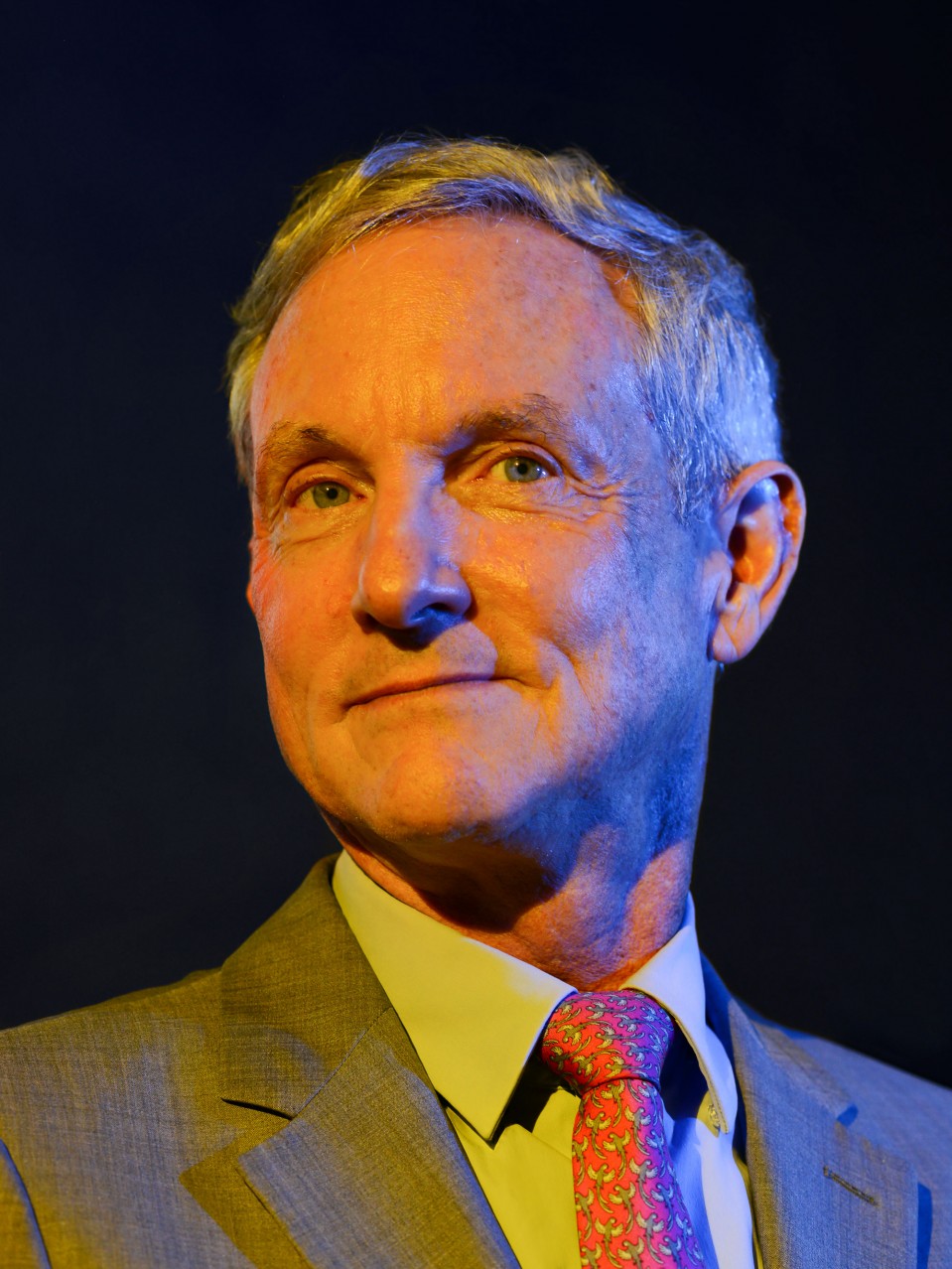Tom Leighton, PhD ’81
The math professor who pushed the internet to the edge



It began with a challenge. In 1995, the internet was growing, but traffic spikes made websites load slowly—or crash altogether. So web inventor Tim Berners-Lee, who’d recently founded the World Wide Web Consortium at MIT’s Laboratory for Computer Science in Tech Square, ventured down the hall to see if anyone in Tom Leighton’s Theoretical Computer Science Group could help.
Leighton was intrigued. He’d long been studying how to optimize complex networks, and the internet’s complexity was mind-boggling. Preventing online pile-ups would require creating networks where users could be rerouted on the fly, and building algorithms to direct those operations. It would mean decentralizing the internet.
Leighton and a grad student named Daniel Lewin spent two years developing the theoretical foundation for this new architecture. By 1997, they had devised a system of replicating content and distributing it to a broad network of servers. It was the opposite of a centralized internet. It was an internet reliant on “the edge.”
Although edge architecture started as a research project, Lewin heard about MIT’s $50K Entrepreneurship Competition and thought he could use the money to pay off loans. With help from a Sloan student, he submitted a business plan—and they made the finals, realizing in the process that this company “could really make a difference,” Leighton says. “For theoreticians, that’s an unusual thing.”
Leighton and Lewin incorporated Akamai, signed on two cofounders, and put edge architecture to the test. ESPN and Entertainment Tonight, two early beta testers, were hosting major online events the same week—the 1999 March Madness tournament and the release of an extended trailer for the first new Star Wars movie since 1983. As competitor sites crashed, Akamai’s software handled 3,000 hits per second.
Two years later, when the White House got wind of a plan to attack its online infrastructure, the president’s national security team showed up at Leighton’s door. Akamai’s distributed network successfully redirected malicious bots away from government resources, and suddenly, the company had its first cybersecurity client.
Just as Akamai gained footing, tragedy struck. On September 11, 2001, Lewin was on board one of the hijacked planes. It’s believed that Lewin, a former Israel Defense Forces officer, confronted the hijackers and was stabbed, becoming the first victim of 9/11. As Leighton’s team grieved, Akamai software ensured that the public could access online news and government sites.
Today, Akamai’s content delivery network services one-quarter of global web traffic. The company has $2.8 billion in projected revenue this year, now increasingly from cloud security services, which include applications that stop distributed denial-of-service attacks, distinguish human users from bots, and use a “zero-trust” architectural model to verify each user, device, and program that accesses protected systems.
For Leighton, who’s now Akamai’s CEO, the challenge has shifted from making the web less congested and more reliable to making it safe, and the opposition is fierce. “You’re up against the world’s most capable adversaries—major nations, a lot of really smart people, a lot of money—and they’re motivated,” he says. “That makes it exciting but also can keep you up at night.”